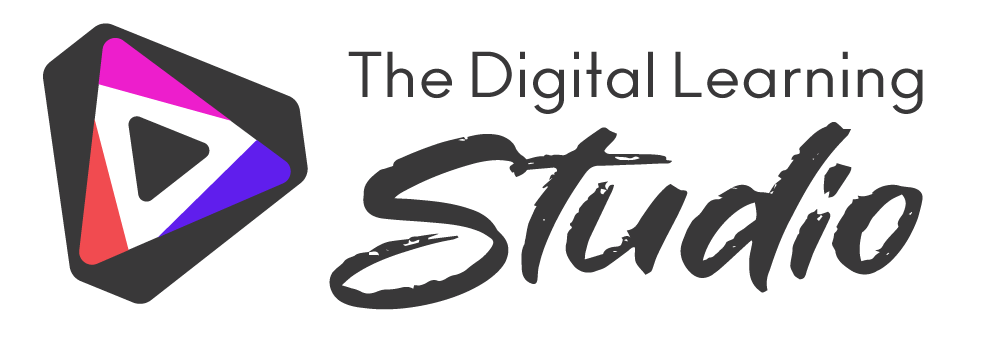The Power of Storytelling
Once upon a time, a group of learners had to learn about a complex topic. They received a boring online training with bullet points and diagrams. They struggled to understand what was being presented, and their performance continued to slip.
Then, new training came along. This new module had a fascinating story packed behind it. The learners were instantly engaged and attentive. They remembered what they had learned, their performance went up, and they worked happily ever after.
Okay, perhaps this example is a little exaggerated, but it proves a point. Storytelling is powerful. And when storytelling is applied to eLearning, it can make quite a difference in the learners’ retention of key learning objectives.
If you’re like us, you may be asking, “Why?” and “How?” That’s why we’ve put together this guide. In it, we’ll explore the power of storytelling (including the psychology behind it) and some storytelling ‘best practices we’ve adopted in eLearning.
The Power of Storytelling
There’s no doubt about it… a story’s ability to capture attention, evoke emotions, and provide a repeatable structure makes it a fan-favorite communication tool. In fact, storytelling has been used for thousands of years – whether it’s in the form of a cave painting or the latest Hollywood blockbuster. There’s a reason why stories are integral to human culture.
So, why does storytelling work? It all boils down to how our brains process information. Studies have shown that stories activate multiple areas of the brain, including:
Language processing
Sensory experiences
Emotions
And when it comes to learning and development, stories are an effective tool for helping learners retain information. Stories have a recognizable framework (aka a beginning, middle, and end) that our brains use to organize information. It’s actually referred to as a cognitive schema – and helps us create connections between ideas.
Better yet, when stories provoke emotional responses, learners are more likely to pay attention and remember key information.
Crafting the Perfect Narrative
Lucky for all of us, there’s a method to the madness. Every story (yes, even in eLearning!) should have a logical progression of events that builds tension and interest. And while there are several types of story structures, like these common 7 Narrative Structures, here are some of our favorite practices for the basic story structure:
The Beginning: The start of a story needs to capture the audience’s attention, and the easiest way to do this is through character development. Create characters that learners can identify with by using these tips:
Make them relatable: Create characters that learners can identify with and care about. This might mean the character is similar in demographic to the learner or who they serve.
Give them a backstory: Provide context for the character's situation and motivations.
Use visuals: Use images or videos to help learners visualize the character and their environment.
Make them consistent: Ensure that the character's behavior and personality are consistent throughout the story.
The Middle: This is where storytelling gets fun. Here are a few fundamental principles to keep in mind:
Create conflict: A story without conflict is boring. Create obstacles for the character to overcome.
Align with your objective: When storytelling in eLearning, make sure the “conflict” aligns with your learning objectives.
Use humor (if appropriate): Humor can make a story more engaging and memorable, but use it carefully and appropriately for the topic.
The End! No, not really. But the ending really is essential. Here are a few tips:
Reinforce Themes: For stories in eLearning, the ending should reinforce the main themes and learning objectives.
Encourage Behavior: The characters should demonstrate the skills or behaviors you’re trying to reinforce.
Best Practices for eLearning Stories
Okay, so some of this is Storytelling 101 – we get it. But there’s a definite art to the craft. When using stories for eLearning, it’s essential to have a clear purpose (or learning objectives) to align the story too. Luckily, we’ve learned some best practices and implemented them regularly. Here are some of our top suggestions:
Continuity: In more extensive training programs, craft a story that builds upon the previous one to create a sense of continuity and progress.
Humor: Use humor, but in doses and only when appropriate. While it can make a story more engaging and memorable, it also risks being too “cheesy.”
Delivery Method: Consider what platform you chose to present your story. Video is a powerful tool for storytelling, as well as live broadcasts, interactive sessions, or eLearning courses.
Measure Impact: Evaluate its effectiveness by measuring pre- and post-training knowledge, learner engagement, and job performance. (Want to learn more about how to build practical assessments? Check out our other blog!)
Conclusion
Storytelling can help boost the learning experience. By using the story structure and creating emotional connections, learners are more likely to engage with the content and retain it. Which begs the question… how will your (learning and development) story end?
Ready to change how your eLearning story ends? We’re here to lend a (writing) hand. Whether you need assistance creating a story, delivering a story, or the whole shebang – our team of experts have you covered.
